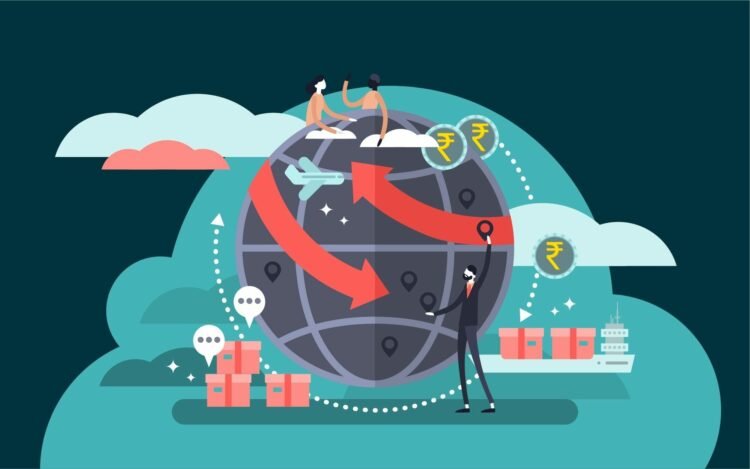Shifting Monetary Policy and Unexpected Banking Troubles Cast Shadow Over World Economies
In a year filled with inconsistencies and paradoxes, FY2023 will be etched in our memories for its unique mix of health and economic challenges. As the world started breathing a sigh of relief with the retreat of the pandemic, fresh crises emerged in the form of escalated geopolitical conflicts and fluctuating energy and commodity prices. Meanwhile, the central banks maintained a united front, raising key policy rates to combat stubborn inflation.
Central Banks React to Persistent Inflation
In response to inflation that continued to grip the world economies, central banks across Advanced Economies (AEs) increased their key policy rates, contributing to fluctuations in benchmark yields and equities. Despite early signs of cooling inflation and a slowdown in job openings, there’s no indication that these banks will reverse their rate regime.
The Unexpected Collapse of Mid-Tier Banks
In a shocking development in March 2023, certain mid-tier banks in the U.S. collapsed, threatening to have a cascading impact that could change deposit patterns in banking systems across AEs. This unexpected event compounds the issues of the global economy and may necessitate a reevaluation of banking and financial practices.
De-Dollarisation: An Emerging Theme
In an interesting turn of events, de-dollarisation emerged as a key theme in global economic interactions, with most jurisdictions adopting alternate payment and settlement mechanisms in local currency. This move away from the U.S. dollar could have significant implications for the global financial order.
The Road Ahead: A Dip in Global Growth
According to the International Monetary Fund (IMF), global growth is projected to slip from 3.4% in 2022 to 2.8% in 2023, before slightly rebounding to 3.0% in 2024. AEs are expected to face a more pronounced slowdown in growth, from 2.7% in 2022 to a mere 1.3% in 2023.
Inflation Outlook: A Slow Return to Normalcy
Despite the projected fall of global headline inflation from 8.7% in 2022 to 7.0% in 2023, core inflation is predicted to decline at a slower pace. Experts anticipate that inflation will not return to its target before 2025, suggesting a protracted period of economic strain.
In summary, 2023 has proven to be a year filled with economic surprises and paradoxes. As we look forward to the latter part of the year, understanding these key events and trends will be crucial in navigating the choppy waters of the global economy.
Must Read: Tata Steel CSR Expenditure Reaches Rs. 481 Cr, Marking An Ever-Highest Growth Of 18% In FY 2023







